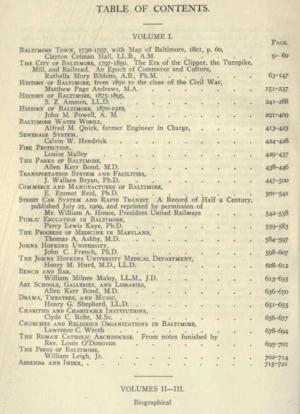From 14th Colony to Confederation
Governors, Placemen & Merchant Elite
Nonfiction, History, Americas, Canada, United States, 19th Century| Author: | Alex D. Boutilier | ISBN: | 9781895814675 |
| Publisher: | New World Publishing | Publication: | February 17, 2018 |
| Imprint: | New World Publishing ( Canada) | Language: | English |
| Author: | Alex D. Boutilier |
| ISBN: | 9781895814675 |
| Publisher: | New World Publishing |
| Publication: | February 17, 2018 |
| Imprint: | New World Publishing ( Canada) |
| Language: | English |
From 14th Colony to Confederation, 1749 - 1867: Governors, Placemen, & the Merchant Elite by A. D. Boutilier: 6 x 9 - 288 pp., with 100 plus photos/sketches. ISBN 9781895814668 – $21.95;
©June, 2017. E-Pub3 also available as ISBN 9781895814675. Contains four appendices of Governors/Lieutenant-Governors (many annotated) from 1713 to 1749; 1749-1778; 1778-1867; and 1867-2017. Contains Chapter notes, indexed.
Description: A social history of any community in any time period must seek to study every cultural and sub-cultural signpost; then takes the reader on a natural path. From 14th Colony to Confederation, 1749 - 1867, is such a social history. It is the second title in a trilogy of books that are connected - and this one is subtitled: Governors, Placemen, and the Merchant Elite. Use of 18th, & 19th Century language and quotes provides much humour throughout the manuscript.
Short description: It begins with the founding of Halifax; the development of Nova Scotia and how it devolved into the Maritime provinces (ca.1785); the failure of Maritime Union, evolution of responsible government and the Canadian Confederation.
The appeal of this trilogy is that it illuminates the lives of the British military* garrisoned at Halifax until Confederation; demystifies the lives of the rich and the powerful at that time; and it traces the experiences of those who fought to be heard, as well as the struggles of people who strained every nerve to survive, and were often victims of the power systems of that era. A common thread running through the chapters involve the circumstances in which each governor and lieutenant-governor found himself, and what he did to remedy a specific situation; and how each one, in his own way, brought Nova Scotia a step closer to Confederation. Some achieved what they set out to do, others were hampered by existing conditions, and a few, who were extraordinary, propelled society forward. A small number were not without flaws, but their faults served to call out the excellence in others. It also includes the initial drive for Maritime Union, which ultimately devolved into Confederation, including the fascinating debates of Joseph Howe and Sir Charles Tupper.
From 14th Colony to Confederation, 1749 - 1867: Governors, Placemen, & the Merchant Elite by A. D. Boutilier: 6 x 9 - 288 pp., with 100 plus photos/sketches. ISBN 9781895814668 – $21.95;
©June, 2017. E-Pub3 also available as ISBN 9781895814675. Contains four appendices of Governors/Lieutenant-Governors (many annotated) from 1713 to 1749; 1749-1778; 1778-1867; and 1867-2017. Contains Chapter notes, indexed.
Description: A social history of any community in any time period must seek to study every cultural and sub-cultural signpost; then takes the reader on a natural path. From 14th Colony to Confederation, 1749 - 1867, is such a social history. It is the second title in a trilogy of books that are connected - and this one is subtitled: Governors, Placemen, and the Merchant Elite. Use of 18th, & 19th Century language and quotes provides much humour throughout the manuscript.
Short description: It begins with the founding of Halifax; the development of Nova Scotia and how it devolved into the Maritime provinces (ca.1785); the failure of Maritime Union, evolution of responsible government and the Canadian Confederation.
The appeal of this trilogy is that it illuminates the lives of the British military* garrisoned at Halifax until Confederation; demystifies the lives of the rich and the powerful at that time; and it traces the experiences of those who fought to be heard, as well as the struggles of people who strained every nerve to survive, and were often victims of the power systems of that era. A common thread running through the chapters involve the circumstances in which each governor and lieutenant-governor found himself, and what he did to remedy a specific situation; and how each one, in his own way, brought Nova Scotia a step closer to Confederation. Some achieved what they set out to do, others were hampered by existing conditions, and a few, who were extraordinary, propelled society forward. A small number were not without flaws, but their faults served to call out the excellence in others. It also includes the initial drive for Maritime Union, which ultimately devolved into Confederation, including the fascinating debates of Joseph Howe and Sir Charles Tupper.















